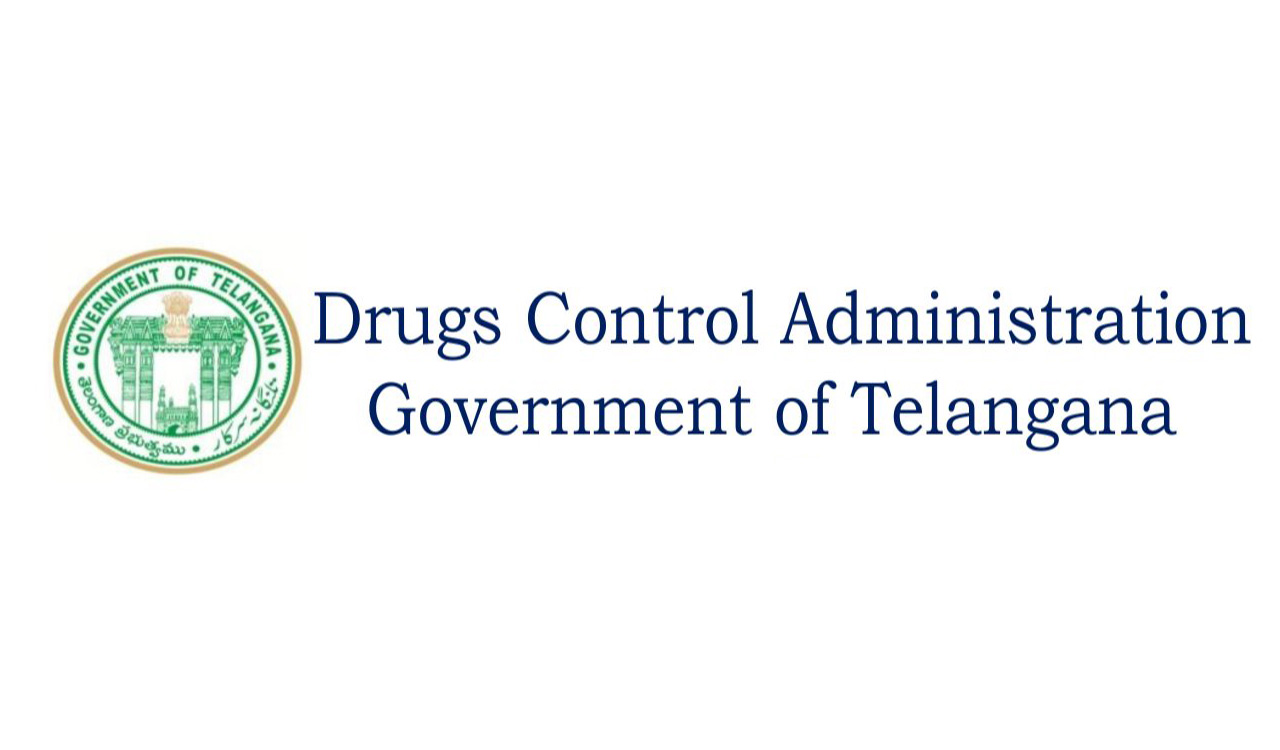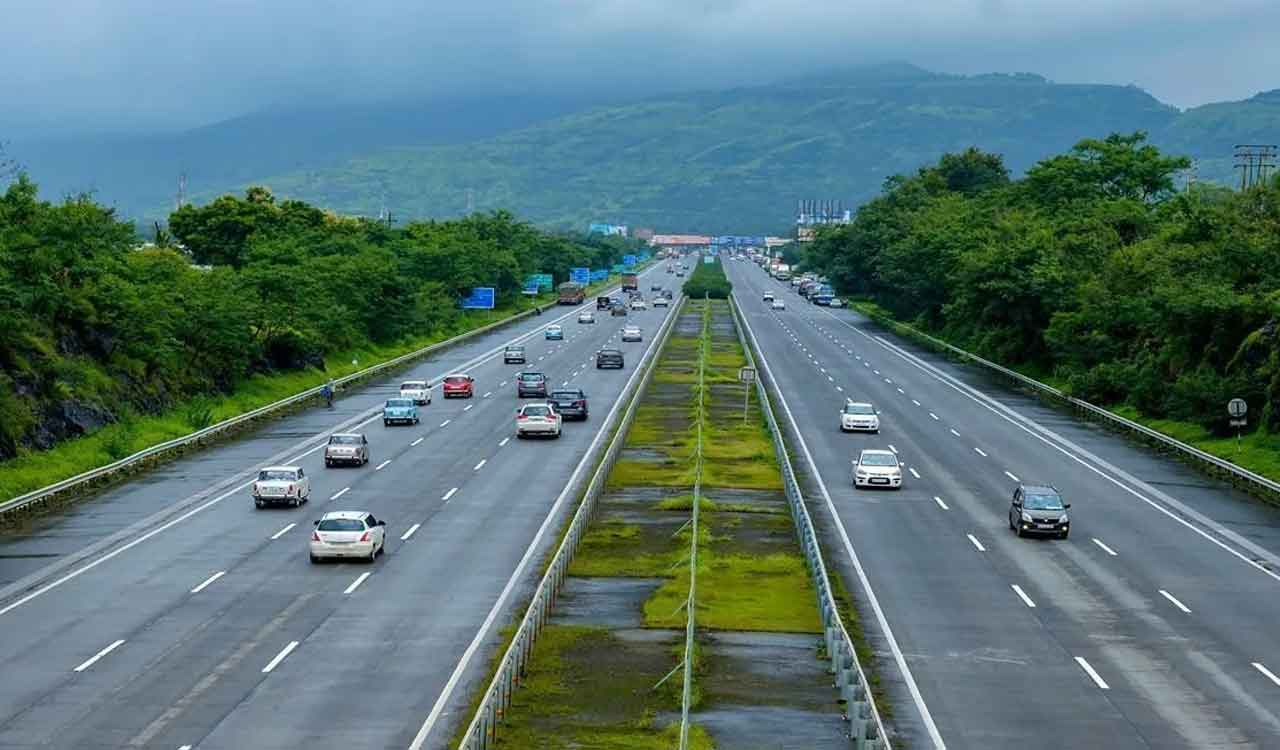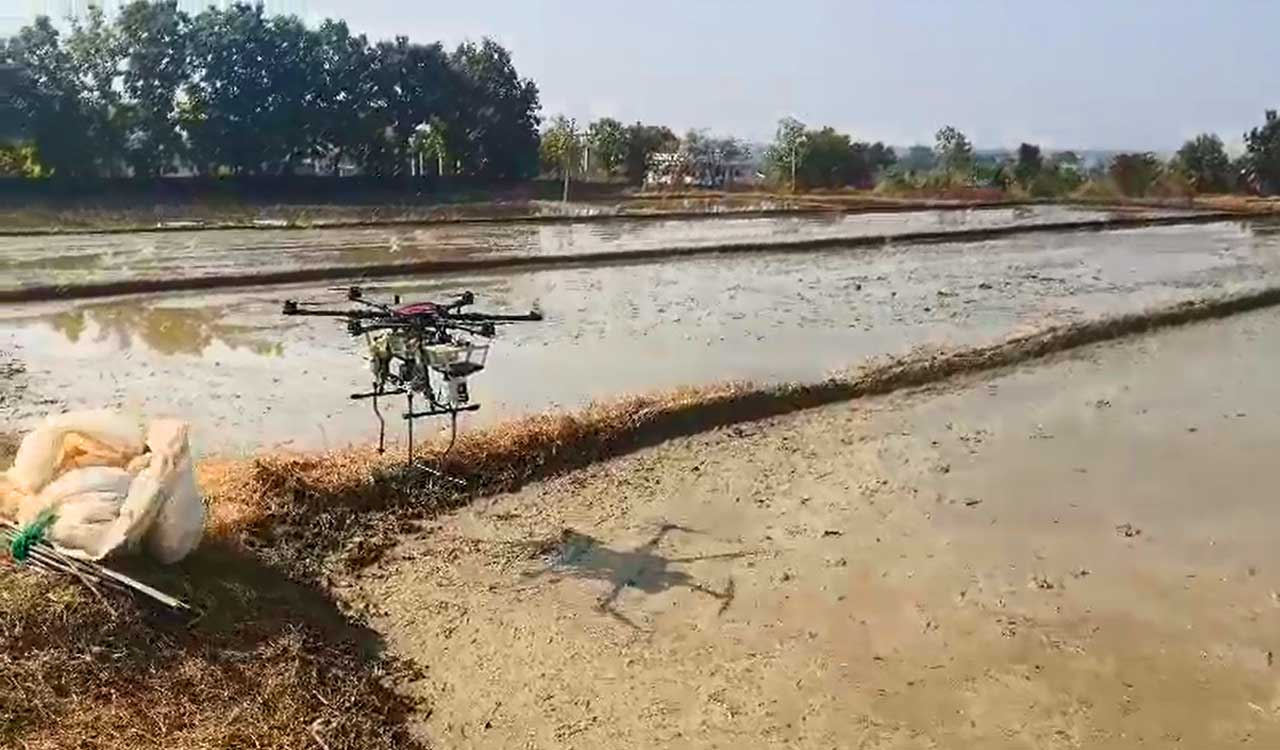Opinion: Divergent paths of Telugu States
By JR Janumpalli Since the division, residual Andhra Pradesh and Telangana have presented seven Budgets. The Budgets are also audited by the CAG up to 2019-20. The final figures of the CAG report indicate the actuals of the income and expenditure and other economic parameters of the States. In a State Budget, the major financial […]
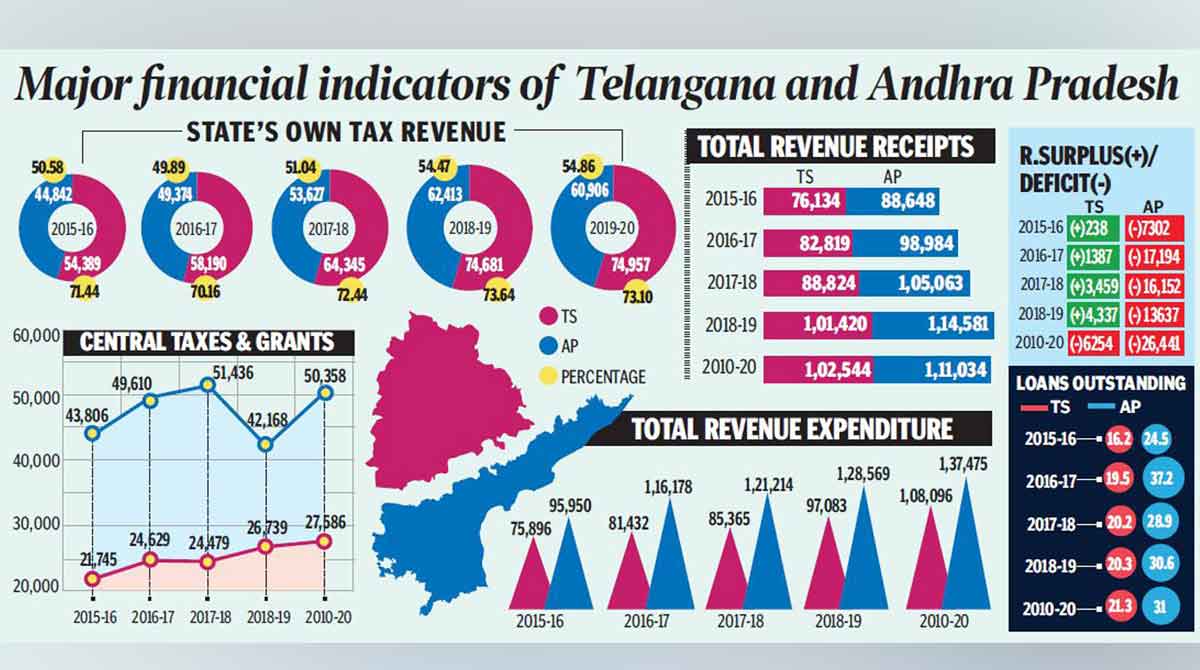
By JR Janumpalli
Since the division, residual Andhra Pradesh and Telangana have presented seven Budgets. The Budgets are also audited by the CAG up to 2019-20. The final figures of the CAG report indicate the actuals of the income and expenditure and other economic parameters of the States. In a State Budget, the major financial indicators are revenue income, expenditure, revenue deficit/surplus and loan outstandings. The audited accounts of the two States say two different stories.
Telangana managed to balance its Budget with some revenue surplus for the first 4 years, ie, up to 2018-19. In 2019-20, it showed Rs 6,254 revenue deficit (0.65%) of GDP. In contrast, Andhra Pradesh reveals a mismatch between revenue income and expenditure. AP started with a deficit revenue and this continued in all the subsequent years. In 2019-20, it reached up to Rs 26,441 crore. The deficit is likely to increase for both the States in 2020-21 and 2021-22 because of the shortfall in revenue collection owing to Covid-19. But AP’s chronic and growing revenue deficit is a point to ponder over.
Driven by Need
Revenue deficit is the gap between revenue receipts and expenditure. This indicates the money the government needs to borrow to spend on non-capital components. It has several implications. It has to be met from the capital receipts, which a government either borrows or gets by selling its existing assets. This reduces assets. If the government uses capital receipts to meet its consumption expenditure, it leads to an inflationary situation in the economy. With more and more such borrowings, along with interest, the burden to repay the liability also increases and leads to a further deficit.
The needs of the two States were different. For Telangana, it was to regain its lost share of resources and rebuild the new State. For AP, it was to cope with the disadvantage of losing Telangana and reconstructing the State. The primary resource for both is State’s own tax revenue (SOTR) and the Central tax devolution and grants. At the time of merger in 1956, Andhra State had a revenue deficit and the Hyderabad (Telangana) had surplus.
In the merged State, both Andhra and Telangana regions were contributing about 50% each to the SOTR. But the expenditure was 35-38% in Telangana and 65-62% in Andhra, making good the inherited deficit of the Andhra region. There was no effort to increase the revenue in the Andhra region to match its excessive expenditure in the merged State and that is being expressed even after the division now.
AP’s Widening Gap
In 2014-15, the TS Budget was revenue surplus with Rs 369 crore and AP recorded a heavy deficit of about Rs 13,000 crore. This set the contours of economic planning in the two States. TS chose to follow prudential Budget making and implemented balanced Budget after division. In AP, it was not so. The Centre had to bear the deficit in the first year. The 14th Finance Commission granted Rs 22,120 crore and the 15th Finance Commission Rs 30,000 crore from 2015-21 to enable the State to balance its Budget. The State is using the grants but the gap kept increasing.
In the case of Central devolution too, AP got more than TS, because of its more area and population. The borrowings of AP too exceeded the FRBM limit. Despite the restrained financial position, AP indulged in unrestrained spending. In the first term after division, the TDP government indulged in heavy unproductive spending in the name of world-class capital and administration, borrowing heavily.
The new YSRCP government too has embarked on an extravaganza of its large size welfare agenda continuing the heavy borrowing. The outstanding liabilities at the end of 2020-21 grew to 32.7% of GDP. AP spends 11.3% of its expenditure on the welfare of SC, ST and OBC, the highest in the country. While the average spending on economic sectors by States as a percentage of total expenditure was 31%, it was 29% for AP and 38% for TS.
Large SOTR
AP from the beginning should have tried to balance its Budget and consolidate the State finances. It needed to increase its SOTR gradually and rationalise expenditure with the sizable devolution funds and deficit grants from the Centre. The unwarranted hubris of the political leadership to play larger than life-size has pushed the State into an avoidable bad economic situation. AP’s SOTR is 52%, its central devolution and grants constitute 48% of its revenue receipts. TS has 72% SOTR and 28% Central devolution and grants. The top-ranking States have an SOTR of around 70%. States need to have a large SOTR to raise more financial resources for their increased development.
The TS government represented by the TRS has stuck to prudential Budget management norms. Its pursuing a mixed bag of infrastructure development and welfare schemes. And it has achieved higher ranks in many macroeconomic indicators like GSDP, GSDP per capita, power production, irrigation potential and FDI, vindicating its claims of statehood. Though it has borrowed heavily for its infrastructural projects, it is spending them on capital-intensive projects creating assets and revenue. The welfare schemes are supported mostly by SOTR.
Own tax-GSDP ratio is a measure of a State’s potential to generate taxes from its economy on its own. A higher ratio indicates a better ability to harvest taxes from the economic activities in the State. The average own tax-GDP ratio of the States during FY16 to FY21 stood at 6.3%. For most States, it ranged between 5% and 7.5%. AP has 6.4% and TS secured 7.5%, among the highest.
Considering the situation at the end of 2021-22, AP needs to drastically prune its Budget and increase its SOTR. TS also needs to downsize its ambitious big-ticket schemes and rationalise its Budget to curtail its growing deficit because of the pandemic.
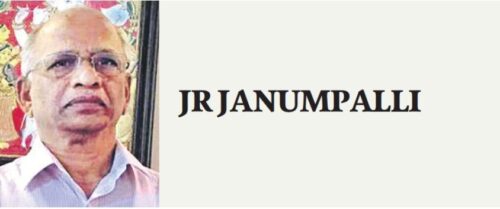
Now you can get handpicked stories from Telangana Today on Telegram everyday. Click the link to subscribe.
Click to follow Telangana Today Facebook page and Twitter .
Related News
-
PM Modi condoles death of Vedanta chairman Anil Agarwal’s son Agnivesh
18 mins ago -
Hyderabad diners save Rs. 114.8 crore on Swiggy Dineout in 2025
1 hour ago -
Hyderabad police cracks down on Chinese manja, seize 6,226 bobbins
1 hour ago -
Australia lead Group A at ICC U19 World Cup 2026
1 hour ago -
Mesrams on return journey to Keslapur after drawing sacred water in Mancherial
57 mins ago -
Sensex, Nifty slip in early trade amid FII selling, US tariff worries
2 hours ago -
Hockey: Hyderabad Toofans rally to stun Ranchi Royals 3-2 in HIL
2 hours ago -
Shooting League of India can transform fan connect, says Akhil Sheoran
2 hours ago

